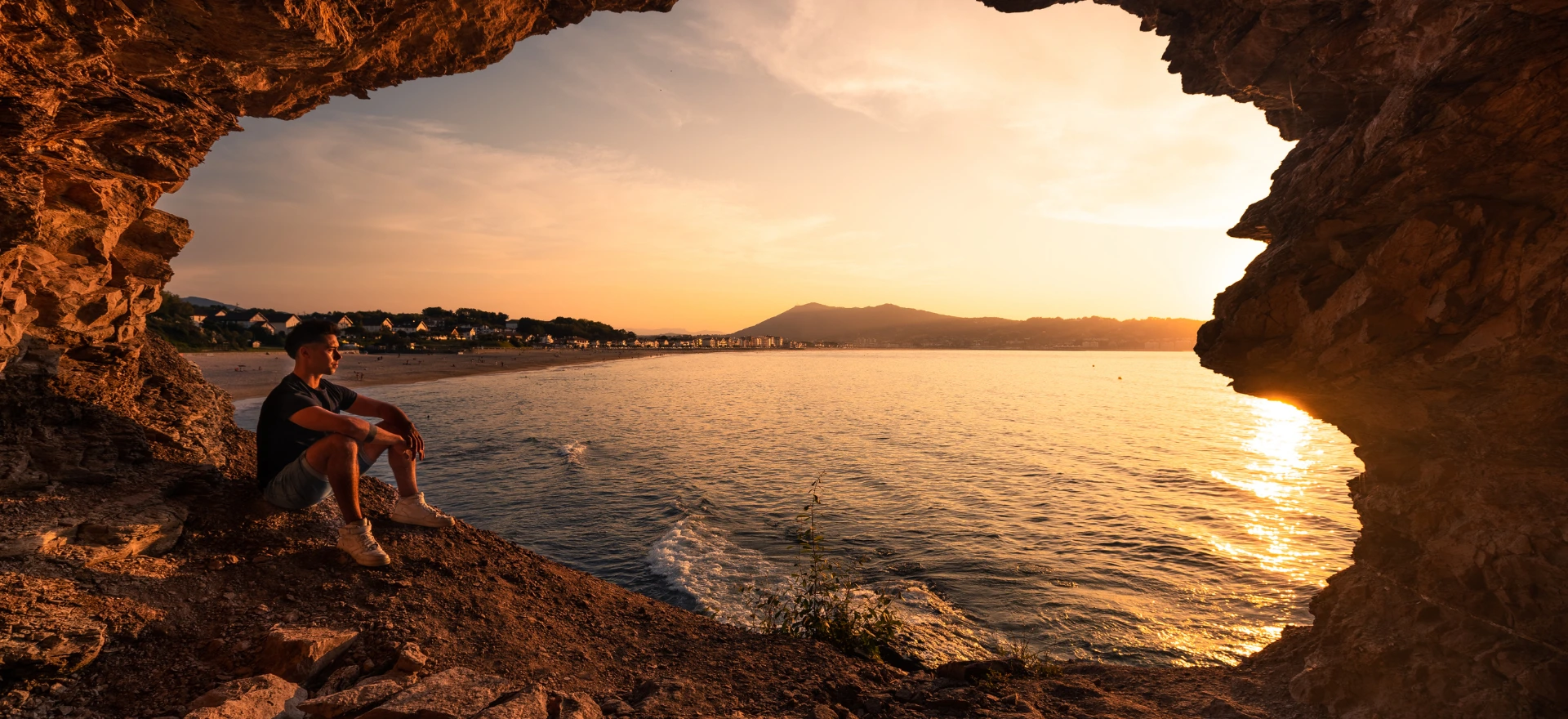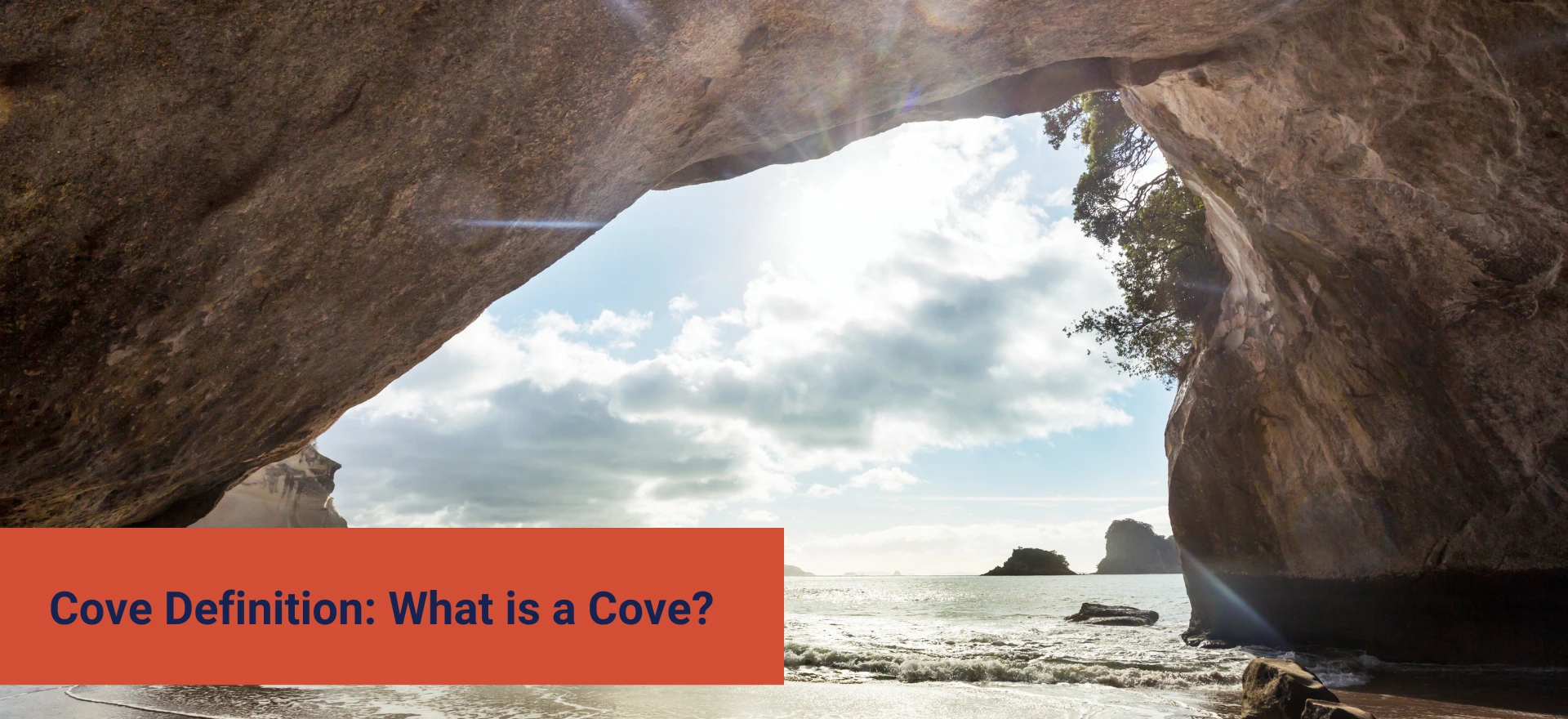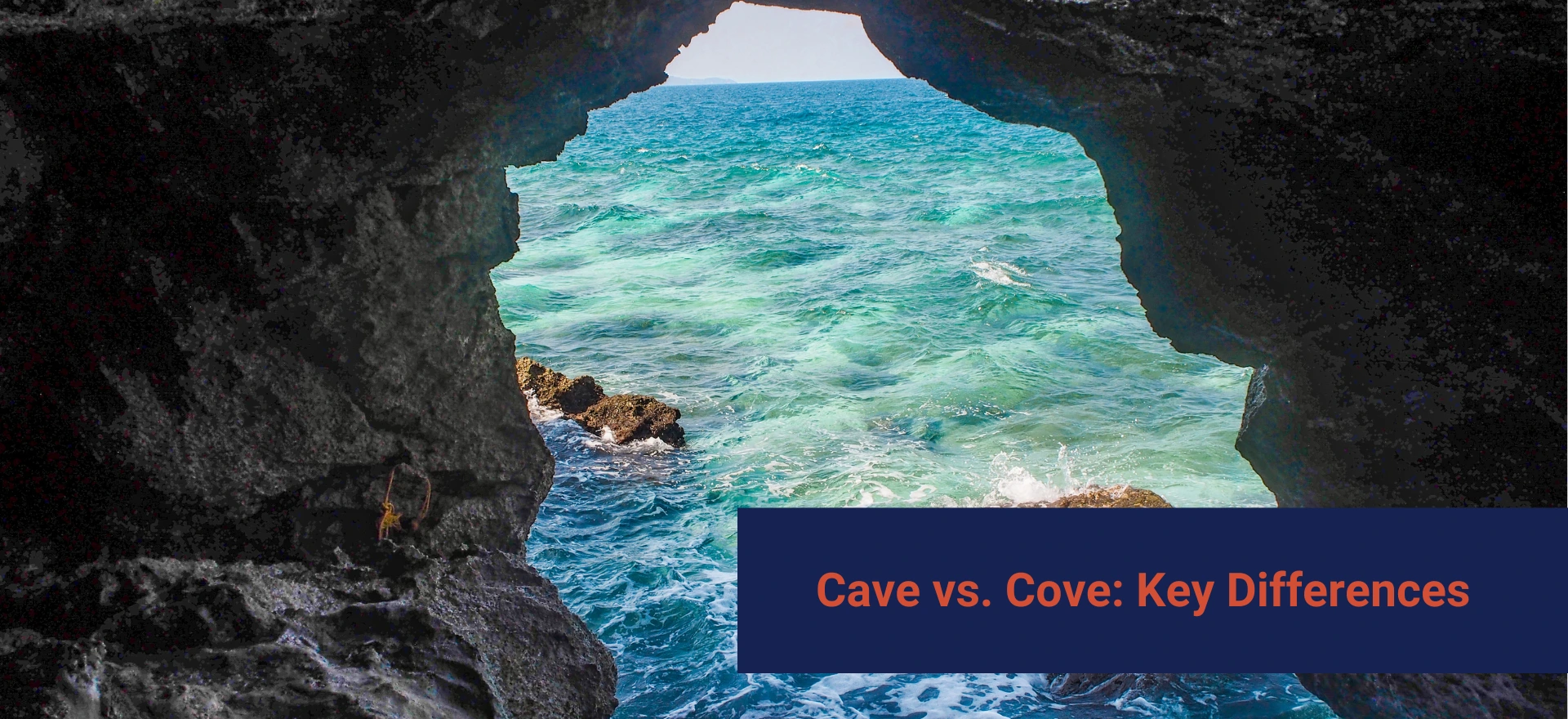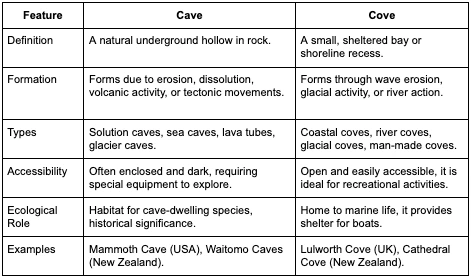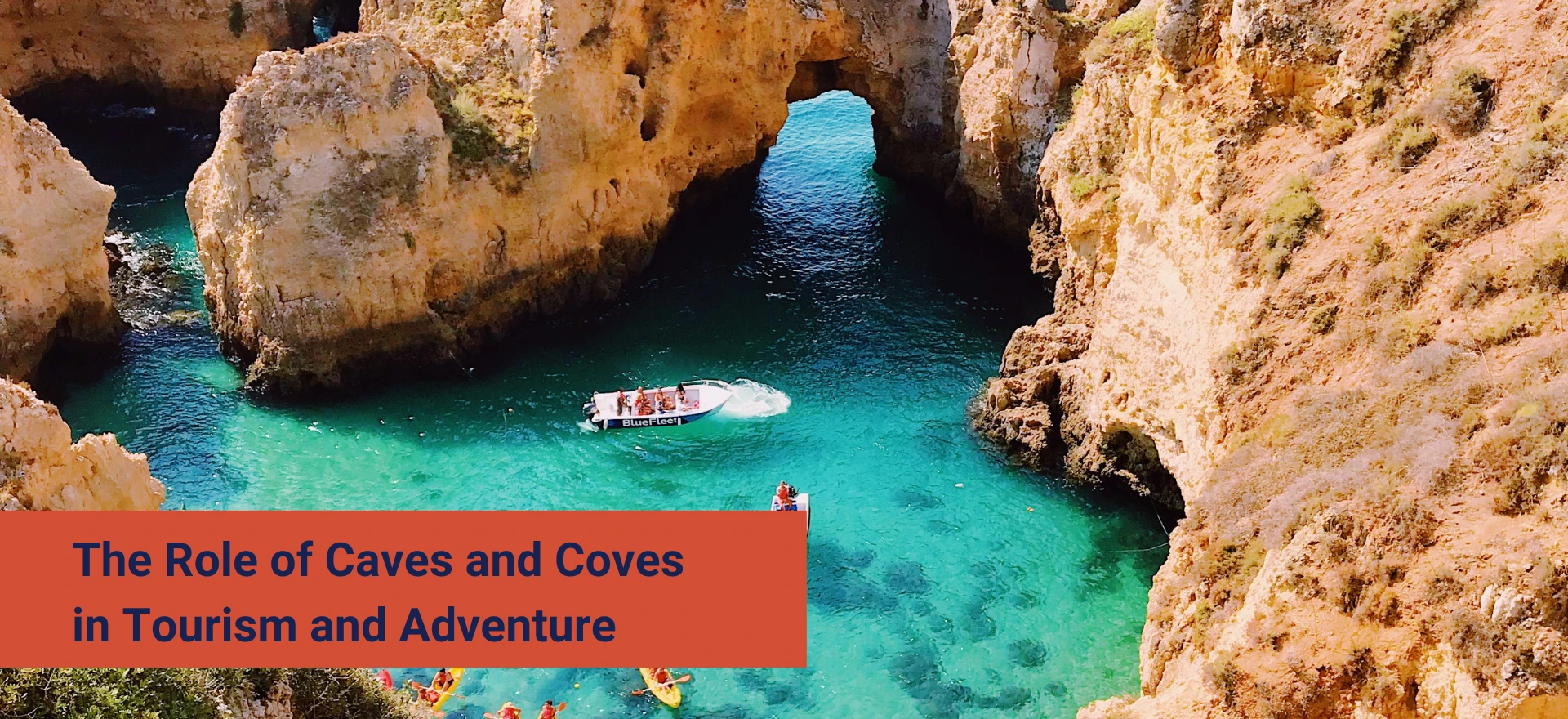What is the Difference Between “Cave” and “Cove”?
Posted on: February 20th, 2025
Understanding the distinction between a cave and a cove is crucial for adventurers, nature enthusiasts, and geologists. A cave is a natural underground hollow formed through erosion, weathering, or volcanic activity, often extending deep into rock formations. In contrast, a cove is a small, sheltered bay along a coastline shaped by the gradual movement of water against the land. These formations play essential roles in diverse ecosystems, offering wildlife habitats and stunning outdoor exploration locations.
For those who love exploring unique landscapes, kayaking is a fantastic way to experience the beauty of coves and rock formations up close. Blazin’ Paddles offers guided kayaking tours that allow adventurers to paddle through breathtaking waterway landscapes, immersing themselves in the natural beauty of Lake Mead. Whether navigating calm waters or witnessing incredible geological formations, a Las Vegas Kayak Tour provides an unforgettable experience.
If you’re eager to discover more about these natural wonders while enjoying an exhilarating kayaking adventure, book a tour with Blazin’ Paddles today!
Cave Definition: What is a Cave?
A cave is a natural underground hollow that forms within rock formations, typically extending deep into the earth. These structures can vary in size, from small openings to vast networks of interconnected tunnels and chambers. Caves are often found in karst topography, a landscape shaped by dissolved soluble rocks such as limestone, dolomite, and gypsum.
Cave Formation
The formation of caves is primarily a result of geological and chemical processes, including:
Erosion: Water seeps into rock crevices, gradually widening them over time. Dissolution: Acidic rainwater dissolves limestone and other soluble rocks, creating voids. Volcanic Activity: Lava tubes form caves when molten lava flows and drains away, leaving empty tunnels behind. Tectonic Movements: Earthquakes and shifts in the Earth’s crust can create fissures and openings that evolve into caves.
Types of Caves
There are several types of caves based on their formation:
Solution Caves: Formed by the dissolution of limestone. Sea Caves: Created by coastal erosion where waves carve into rock cliffs. Lava Tubes: Resulting from volcanic lava flows. Glacier Caves: Formed within ice by melting and refreezing water.
Caves provide unique ecosystems for various species, including bats, blind fish, and specialized bacteria. Many caves hold historical and archaeological significance, with ancient paintings and artifacts preserved in their depths.
Cove Definition: What is a Cove?
A cove is a small, sheltered bay or a recess along a shoreline. Unlike caves, coves are open to the surface and typically found along coasts, lakes, and large rivers. They serve as safe anchorages for boats and provide scenic spots for recreational activities such as kayaking, swimming, and boating.
Cove Formation
Coves form primarily due to the erosion of softer rock along shorelines, creating a concave depression that allows water to enter. Factors influencing cove formation include:
Wave Erosion: Persistent wave action erodes weaker rock, leaving more complex rock as protective barriers behind. Tidal Activity: Rising and falling tides shape the edges of coves. Glacial Movement: Some coves are remnants of ancient glaciers that carved out valleys, later filled with water. Rivers and Streams: Water flow can gradually create coves along riverbanks and lake edges.
Types of Coves
Coves can be categorized based on their origin and characteristics:
Coastal Coves: Found along ocean shorelines, often surrounded by cliffs. River Coves: Small inlets formed by water erosion along riverbanks. Glacial Coves: Valleys carved by glaciers, later filled with seawater or freshwater. Man-Made Coves: Artificially created for harbors and marinas.
Coves are significant in marine geography and are often home to diverse marine life. They are popular destinations for water sports, including kayaking, fishing, and snorkeling.
Cave vs. Cove: Key Differences
To summarize, here is a direct cave and cove comparison based on their characteristics:
The Role of Caves and Coves in Tourism and Adventure
Both caves and coves are prominent in adventure tourism and outdoor activities. Many travelers seek these geological formations for exploration, photography, and sports.
Caves attract spelunkers (cave explorers) and history buffs looking for ancient paintings and rock formations. Coves offer an ideal location for kayaking, boating, and wildlife observation.
If you are interested in experiencing kayaking in scenic coves or exploring water-filled caves, check out Blazin’ Paddles for expert-guided tours through some of the most breathtaking waterways.
Conclusion: Choosing Between a Cave and a Cove for Exploration
Both caves and coves offer unique and exciting exploration opportunities, but the right choice depends on the adventure you seek. If you are fascinated by dark, mysterious underground landscapes, exploring a cave will be an unforgettable experience. These natural wonders offer hidden passages, intriguing rock formations, and a sense of discovery for adventure enthusiasts.
On the other hand, if you prefer open, picturesque coastal landscapes with crystal-clear waters, a cove is the perfect destination. These sheltered bays provide stunning scenery and are ideal for kayaking and water adventures. Blazin’ Paddles offers Las Vegas Kayak Tours, allowing paddlers to explore breathtaking waters in a safe and guided environment. Whether you’re a beginner or an experienced paddler, their expert guides ensure a memorable and thrilling experience.
Want to learn more about the best kayak tours and water adventures? Check out Guided Kayak Tours, Different Types of Kayaks, and Kayaking for Fitness.

